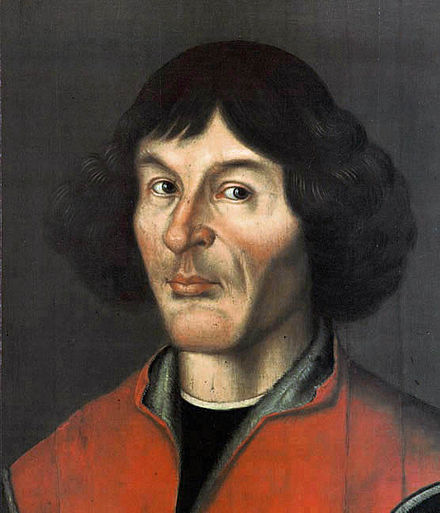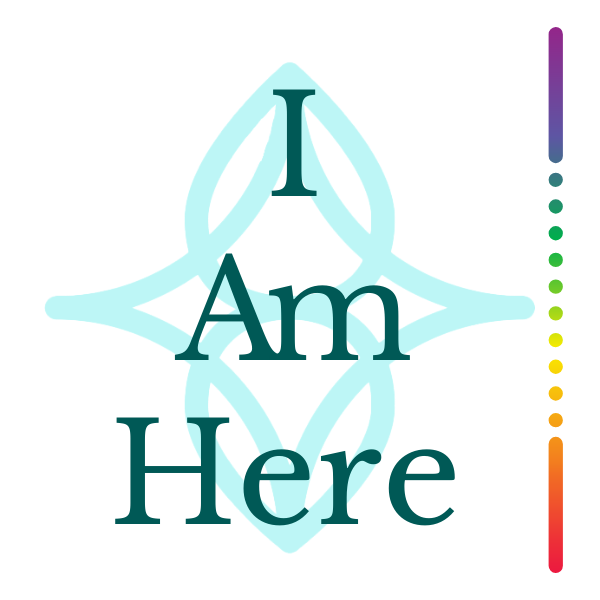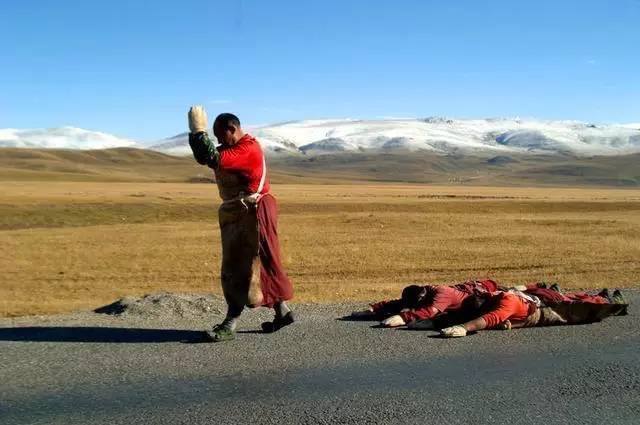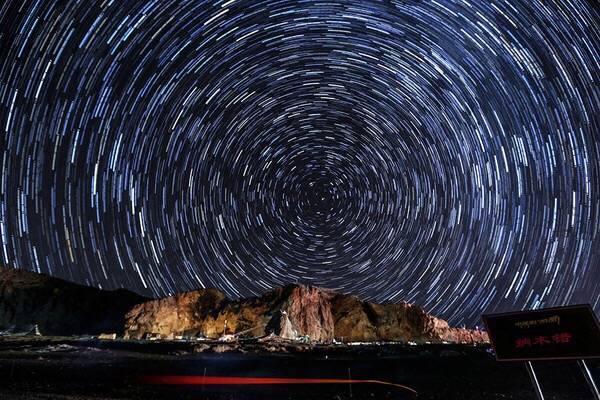Devotion and self-inquiry; spirituality and science: there’s Bhakti in the Jnana and Jnana in the Bhakti. We don’t get one without the other, but we do get to liberate both as needed.
It would be so remarkably easy if the human being could prostrate themselves and simply give away the whole of burden and challenge of their humanity to a guru, teacher, parent, priest, religion or heavenly entity. Yet we are collectively and often individually deeply disappointed in this endeavour. Gurus fail us; religion betrays us with the ruthless cut of discriminating authority; priests abuse us with threat and fear; and heavenly entities vanish in the dark night of the soul.
Historically, spiritually has been stalwartly moving down the path of devotion, ceremonious sanctification and prayer, yet experience has shown us, that this path in isolation has failed as each individual will sooner or later fall alone into the valley of the shadow of death.
At the same time, recent centuries witnessed a parallel movement: the path of inquiry. Where devotion failed, doubt – the evidence of not knowing anything at all – arose, birthing a wonder at the unknown and the indispensable sword of self-inquiry. Who am I? What am I? Where am I? From Copernicus who had the blasphemous audacity to suggest that the earth is not the center of the universe, through to the quantum physicists of today that are developing the mental ability to contain what to the binary mind appears as spooky, nonsensical paradox around the nature of matter, science stepped in to balance the devotional insistence of fear-based structures of religion.
As fear is often the underlying drive of both devotion and inquiry, the scientific approach has itself by degrees become dogmatic and evangelical (with crusader forms such as the pharmaceutical giants), while the religious approach has broken increasingly free into self-inquiry, questioning even the fundamental subject-object assumptions of science-based psychology.

Despite Copernicus, our spiritusl psychology still assumes humanity is the center of the universe – and that the world is flat, with a beginning and an end.
Indian philosophies have long recognized the two paths to truth: that of Bhakti (devotion) and of Jnana (Inquiry). In the spiritual chaos of our times, the competition between these two structures plays out in almost every arena: the path of devotion expresses itself in the search for ‘the teacher’ or ‘the way’ that will take us home. The path of inquiry can be found in an almost theologian dogmatism about spirituality – surfacing now with autocratic condemnations dressed in Sanskrit terminology, and to-die-for fights of spiritual ego.
Yet surrender through devotion and cutting through illusion through inquiry will always be part of every process of freedom, including the collective one. The question is, how to set both spiritual urges free to act as needed?
Perfectly reflecting the relaxed functioning of left brain and right brain, bhakti and Jnana must dance together, and this is a dance made possible through a consolidation in a position above both, independently of the dance of head and heart, that through its neutrality can set head and heart free to open.
Consciousness & Awareness, Head & Heart – it never was a competition, but an evolution into harmony.
This means that the Devotee will inevitably fall into the inherent insecurity embedded in his or her own interdependent, changing form – self inquiry will come and find them, (often with a pristine sword of left-brain cynicism). It also means that the nondual intellectual must by destiny collapse into the unbounded right-brain domain of devotion, falling radically, irrationally in love with the source of all we existentially are.
In I AM HERE, the “I” is designated as the agent of inquiry, or Jnana. This is the “I” of the scientist that studies the external world, as if it were separate from his or her self. It’s the “I” of identification, of singularity and of time, sourced in pure consciousness and light. Left brain stuff.
The “AM” is connected to Being. It is the awareness of the heart, of sentience, of resonance and vibration. It’s the intuition that registers good feelings and bad feelings; harmonious atmospheres and discordant. It’s the deeper well of the sense of truth, and home to the inner compass that leads us unconditionally to source, of Bhakti. Its domain is spatial, observing the law of attraction in play through the resonant mass of sentient contractions. Right brain stuff.
The masterkey in I AM HERE is found in perception through Emptiness – the “HERE” of physical matter, the planet and the existential fact. It is the temporal and spatial container of all forms. When we fall into emptiness, it is seen that all that arises through the “I” in time, is passing. All that emerges through ‘Being’ in space, is changing form, yet that which surrenders to the impermanence of form is unaffected – a continuum.
Nonduality is a revolution in awakening, not just out of illusion of the private self, but out of the right-brain, left brain imbalances contained within the substance of the separate self.
The more we develop an ability to relax into this undefined, quantum, here (which is at the same time not ‘here’), the more left brain and right brain are free to move in harmony. The more we fall inwards into the source of all we are, the less we need to grasp at feeling perceptions or create identity or stories. Our brains become more plastic, able to release and chart new pathways for well being. They become neuroplastic, responsive reflectors of all phenomena. The heart is able to move with pure devotion when needed, radically falling in love with the source of itself. The left-brain is able to take up the unfettered sword of self-inquiry to clear misconception from the path, wherever it obstructs the light.
All are liberated to move together: devotion and inquiry; Bhakti and Jnana; thought and feeling; left-brain and right brain; time and space; eternity and infinity; science and spirituality. The only missing piece is gravity. 🙂
Just as scientists now have to move though paradox to realize the deeper truths of basic matter – holding space for dualities present at the very building blocks of our physical dimension, we are also challenged to move beyond polarization and binary thought. Only in this way, will the illusion of our dimension flower into the truths of many dimensions – a flowering which is part of the fundamental purpose of the human being.
To see a World in a Grain of Sand, And a Heaven in a Wild Flower, Hold infinity in the palm of the hand, and eternity in an hour. – William Blake
*Featured image from the wonderful Tenzin Dhondup, who photographs and shares the beauty of the natural environment of Tibet.




